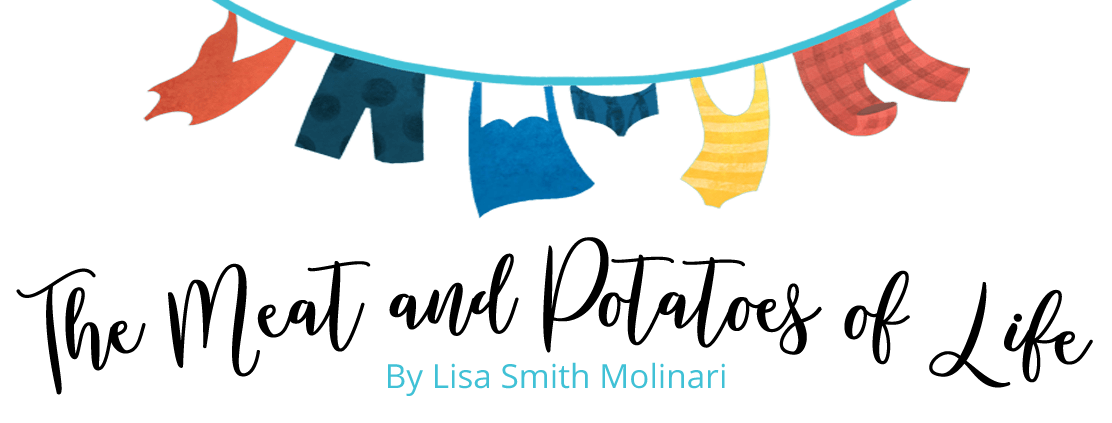
“Lilly, wake up!” I whisper-yelled to my sleeping daughter, who looked as if she’d slipped into a coma overnight, “It’s seven-thirty! We’re leaving for the Christmas Fair in thirty minutes!” Lilly emitted a deep groan, clearly indicating that she’d forgotten the plan that we’d forged the night before: Get up early and be first in line for St. Matthew’s thrift shop Christmas Fair.
I’d been frequenting thrift stores and yard sales my whole adult life. In college, I’d buy lambswool sweaters and Levi’s jeans to keep up with my preppy peers. In law school, I bought furniture, clothing, and housewares because I was flat broke. As a young Navy wife, stationed in the English countryside, I began collecting antiques and vintage items with other military spouses for fun. After our son was born, I bought lots and lots of toys and games to use when he needed home therapy. When our daughter became interested in up-cycled fashion, I’d skim thrift stores in search of Harley Davidson t-shirts and 80s jeans she’d use in her designs.
Over the years, I’ve purchased everything from ceramic Christmas trees to couches second hand. I once wore a gown I snagged for $5 from a thrift store to the Navy Ball. And I looked fabulous in it, if I might say so myself.
When we moved to our current location, my daughters and I were excited to find that our new hometown had a thriving little second-hand shop run out of a church basement. Every Saturday morning at nine, St. Matthew’s Thrift Shop becomes a veritable bee-hive of activity. Women come to socialize as much as shop, often gathering around the popular “free table” while the husbands kibitz in the used book section.
When the pandemic began, the villagers here were temporarily deprived of their weekly sojourns to the thrift shop, until St. Matthew’s reopened with occupancy limits and safety protocols, including lining up outside six feet apart to wait for permission to enter. When it was announced that St. Matthew’s Annual Christmas Fair was still taking place, Lilly and I made our plan to be first in line.
Little did we know, so did everyone else.
The rain was coming down in sheets when my husband pulled our car into St. Matthew’s parking lot 45-minutes before opening time. No one was in line, but cars were parked with engines running. Through the rain we could see shadowy figures seated inside. We eyed them suspiciously.
A few minutes later, a woman exited a Subaru, popped open an umbrella, and scurried toward the entrance. As if a starting gun had been fired, we all burst out of our vehicles and ran. One surprisingly spry, portly lady dashed ahead, and beat us. Lilly and I huddled under our umbrella, six feet behind her, ready to fight for our rightful place in line.
“You started this!” someone in the back shouted through the rain and fog to the woman at the entrance. We all chuckled, as the ridiculousness of our situation dawned on us. Why on Earth would a dozen women stand out in the freezing rain at 8:30 in the morning, elbows poised for battle?
For the chance to peruse used Christmas junk, of course!
A half hour later, Lilly and I, our shoes soaked through, were finally granted permission to enter. As I scanned the tables filled with old holiday ornaments, stockings, jewelry, table linens, lights and tree stands, I realized that the fervor over the St. Matthew’s Christmas Fair had nothing to do with the sale.
The pandemic has robbed us all of our routines, our traditions, our community. Deprived of those things that make us uniquely human, we have become desperate this holiday season. Desperate for entertainment, desperate for fellowship, desperate for normalcy.
Rain, sleet and snow won’t stop us from finding that 50-cent Santa mug that we’ll donate back to charity next year. That 99-cent “Nutcracker” CD that skips in the middle. That irresistibly sparkly $2 rhinestone candy-cane pin that we’ll never wear.
And, most of all, that priceless Christmas Spirit that we simply can’t live without.










Reader Interactions